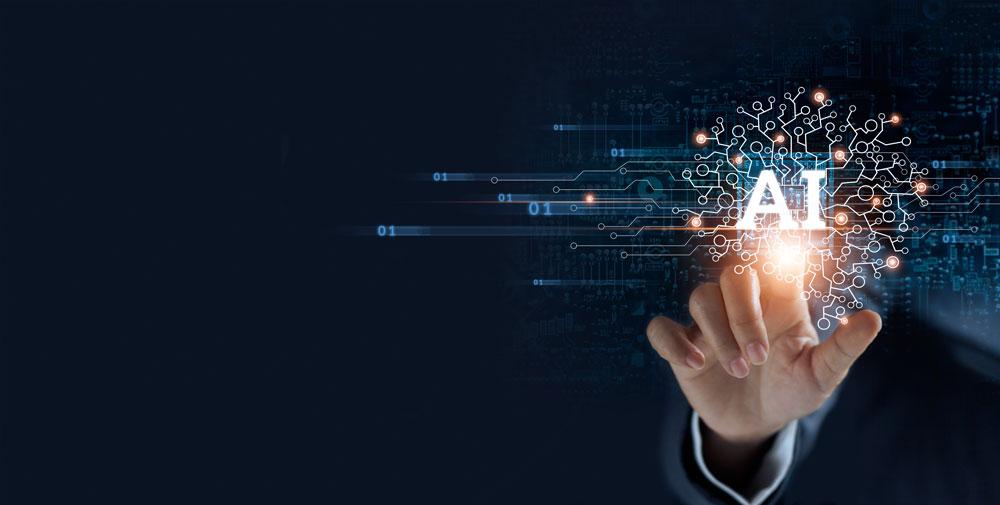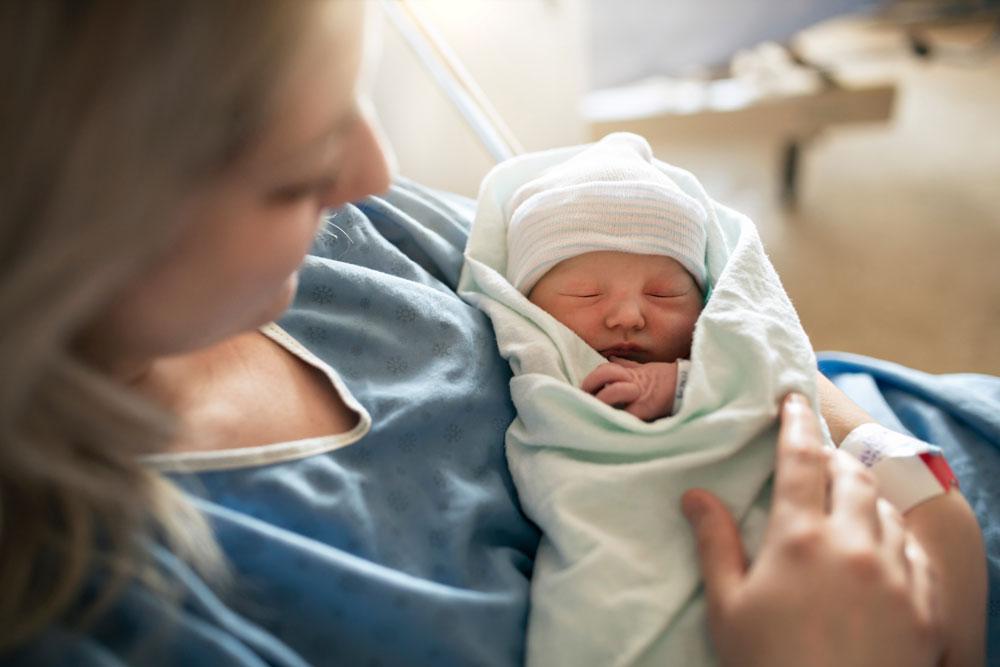AI is being rolled out across the NHS in an effort to solve more problems more quickly and free up time and money.
The NHS recently announced it will use AI to spot patients at risk of going to hospital, so community NHS teams can get to them first and reduce pressures on A&Es.
The move was part of a range of tech and data solutions being rolled out across the NHS ahead of winter.
Currently, four GP practices in Somerset are trialling an AI system which can highlight registered patients with complex health needs, at risk of hospital admission or who rarely contact their GP and reach out to them for conversations about their health.
Those most at risk will then be contacted by health coaches, nurses, or GPs, who can provide a range of preventive care such as offering vulnerable patients food parcels, escalating care to specialist doctors, putting in support to avoid falls, or link them up with a local voluntary group to help avoid loneliness.
In Buckinghamshire, AI linked to electronic sensors on kettles and fridges that spot changes in patients’ eating and drinking habits is being used. Any changes are then flagged with a non-clinical Onward Care team who speak to patients, solving 95 per cent of their issues or escalating anything clinical.
In Birmingham, NHS teams are trialling an approach which uses an algorithm to predict the top 5 per cent at risk of potential hospital attendances or admissions. Staff can check in to offer social care assessments, medication reviews or other social prescribing measures to avoid A&E admissions.
It is hoped that over the next two years, 4,500 unnecessary A&E attendances and 17,000 overnight hospital stays will be prevented and 23,000 GP appointments will be freed up.
NHS chief executive, Amanda Pritchard, said: “This suite of tech and data solutions ahead of winter demonstrates how NHS staff across the country are innovating every step of the way, maximising the use of the latest technology and AI to help patients but also significantly reducing the number of avoidable A&E attendances.
“They are identifying the most at-risk or vulnerable patients and wider issues affecting their health, so teams can get to them early and help avoid an unnecessary visit to hospital – not only are these measures better for patients who can be cared for at home where they feel most comfortable but they are good for the NHS too, particularly when we know that this winter is likely to be incredibly challenging.
“NHS staff across the country are already feeling the pressure with record demand for A&E and ambulance services – and so these new innovations being rolled out by NHS teams are an extra and welcome addition to our winter toolkit, with more call handlers and more beds already in place.”
NHS England director of system transformation, Matt Neligan, said: “Using joined up data across integrated care systems gives us a much deeper insight into the full range of needs for different population groups and the drivers of health inequalities.
“We are now seeing the NHS and its partners across the country able to use tools and techniques like AI and a population health management approach to identify people at highest risk of admission and support them before they need hospital treatment. We’re increasingly able to find those individuals early and offer targeted, preventative and personalised healthcare.”
Parkinson’s
The Accelerated Capability Environment (ACE) has also been working with the NHS’s AI Skunkworks to develop a tool to help speed up diagnosis of Parkinson’s Disease by using AI to automatically identify areas of interest for manual follow-up.
There are more than 10 million annual diagnoses of Parkinson’s Disease around the world and it is the world’s fasted growing neurological disorder. The number of diagnoses is expected to double over the next 50 years.
Accurate diagnosis and grading from brain tissue after death is needed in order to more fully research and understand the pathological causes and develop potential new treatments for Parkinson’s Disease. However, at the moment, brain changes can only be assessed manually, and the amount of time this takes (around four to six hours) is hindering the speed and scale of research.
Parkinson’s
The Accelerated Capability Environment (ACE) has also been working with the NHS’s AI Skunkworks to develop a tool to help speed up diagnosis of Parkinson’s Disease by using AI to automatically identify areas of interest for manual follow-up.
There are more than 10 million annual diagnoses of Parkinson’s Disease around the world and it is the world’s fasted growing neurological disorder. The number of diagnoses is expected to double over the next 50 years.
Accurate diagnosis and grading from brain tissue after death is needed in order to more fully research and understand the pathological causes and develop potential new treatments for Parkinson’s Disease. However, at the moment, brain changes can only be assessed manually, and the amount of time this takes (around four to six hours) is hindering the speed and scale of research.
There is also a worldwide shortage of trained neuropathologists and it is hoped that partly automating their job would increase the number of cases each researcher can examine, therefore saving time and costs.
A 12-week project in partnership with Parkinson’s UK, which enabled access to the charity’s brain bank at Imperial College London, was launched to investigate. The brain bank has more than 1,300 brains from people with Parkinson’s and healthy donors as well.
The charity developed a dataset with 401 digitised images of brain sections immunostained to detect alpha-synuclein (a-syn), (a protein which is the pathological marker of Parkinson’s), including 100 control cases from healthy donors.
Polygeist from ACE’s Vivace community then repurposed existing technology to exclude other types of brain matter that were not needed for this process. They were then able to synthetically stain slides of brain tissues using the iDeepColour neural network, which highlights and stains areas affected by a-syn.
Areas of interest turned bright green, so they were easily identifiable. Researchers were also able to establish disease density by chopping up the original image, and slicing it into squares.
Polygeist were able to go on to develop a proof-of-concept classifier which produced around a 92 per cent accuracy hit rate on automatically classifying Parkinson’s from digitised images of brain sections, with no false alarms.
The new process means it is now possible to assess one brain in minutes, compared to the previous four-six hours. Neurologists are now able to focus on more complex cases.
It is hoped the tool will soon be viable for real-world applications.
Other uses being considered included looking at proteins which indicate dementia or using the technique with brain scans on live patients.





